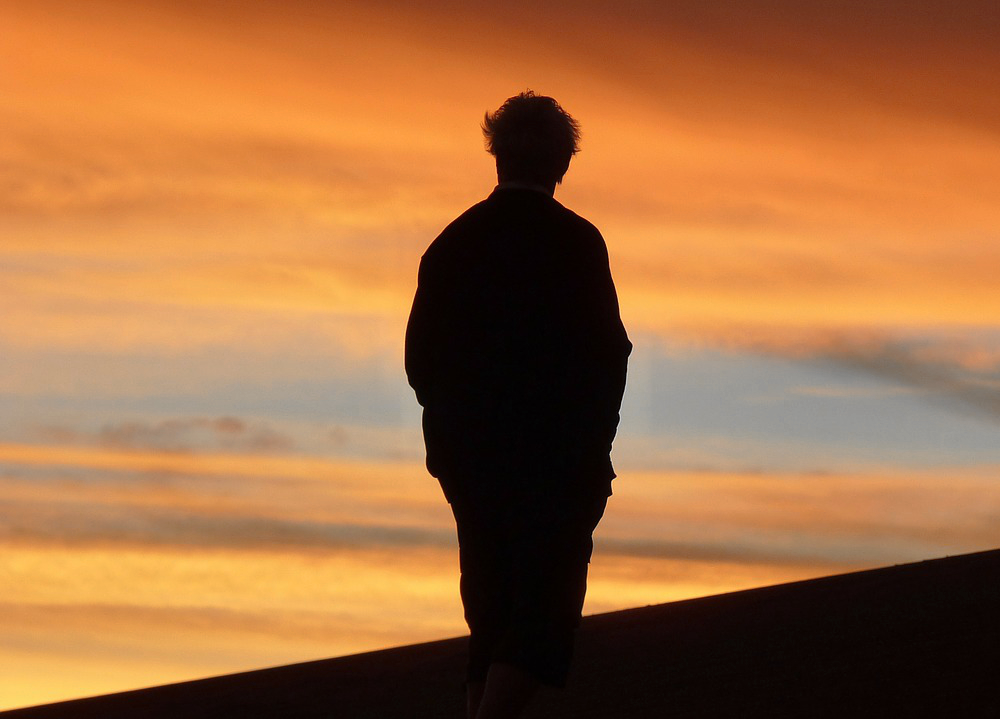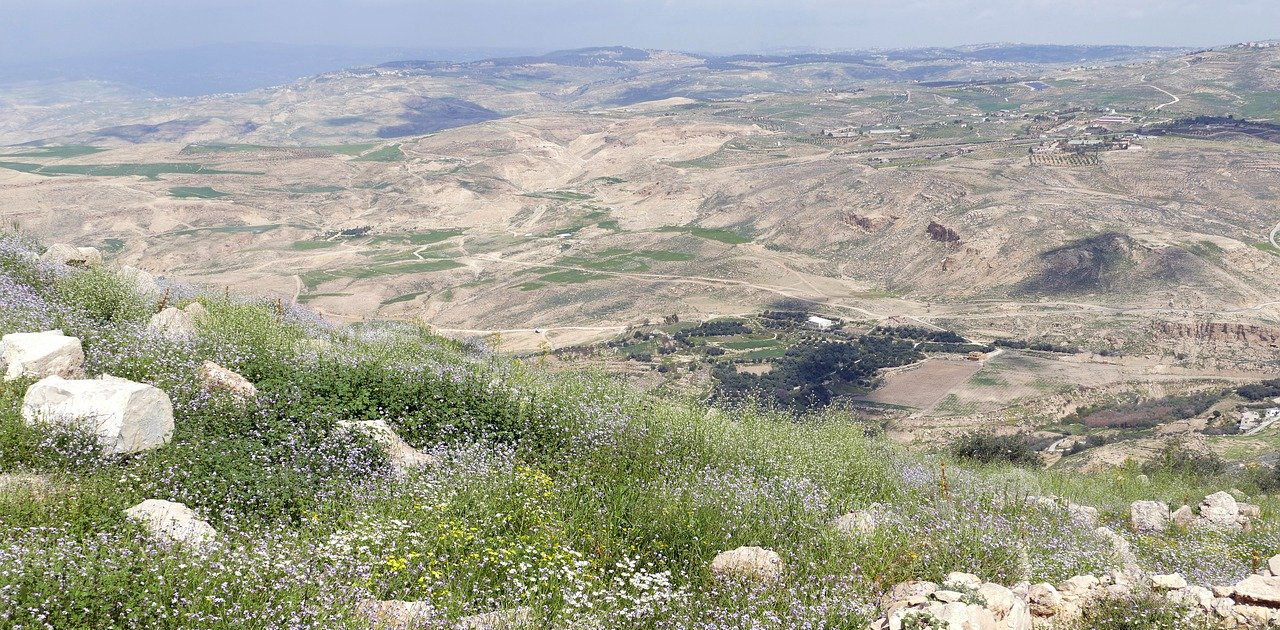Then Moses climbed Mount Nebo from the plains of Moab to the top of Pisgah, across from Jericho. There the Lord showed him the whole land—from Gilead to Dan, all of Naphtali, the territory of Ephraim and Manasseh, all the land of Judah as far as the Mediterranean Sea, the Negev and the whole region from the Valley of Jericho, the City of Palms, as far as Zoar.
Deuteronomy 34:1-3
This passage from the last chapter of Deuteronomy is special to me as a Holy Land pilgrim. Mount Nebo is a ridge in western Jordan near the northeastern corner of the Dead Sea. Its height is around 2,700 feet above sea level, an elevation roughly similar to Jerusalem’s. The last scene before Moses’ death narrates his climb. What happened there is what catches my attention perhaps more than any of the other surrounding details.
The story does not say that Moses climbed to the top and looked around to see the land. It tells us that “the Lord showed him the whole land” (34:1). Indeed, the view from the top of Mount Nebo is spectacular, especially on a very clear day. Unfortunately, truly crystal clear days are not too common at that location, so getting maximum visibility is an opportunity that travelers have to catch at just the right time. This was not an issue for Moses, however, because the Lord was showing him the land. Moses would see everything that God had for him to see there.

This is how I approach my pilgrimage travel to the Holy Land. It’s not merely about what I can climb up and see. That is only the starting point. What I am most interested in is what the Lord shows me in the land. What God reveals is so often what my physical, human eyes miss. For this reason, I try to travel with anticipation and openness, not trusting solely in my own vision but looking with all of my physical and spiritual senses for what the Lord shows me. These are the vistas that most deeply transform me and my reading and understanding of the Bible.
Our group that is getting ready to travel in late January will spend some time talking about how we prepare to travel as pilgrims who have this perspective. Tina and I are preparing a devotional guide for each pilgrim keyed specifically to our itinerary, and those materials that will emphasize this very orientation. We will see a lot. What will the Lord show us?


